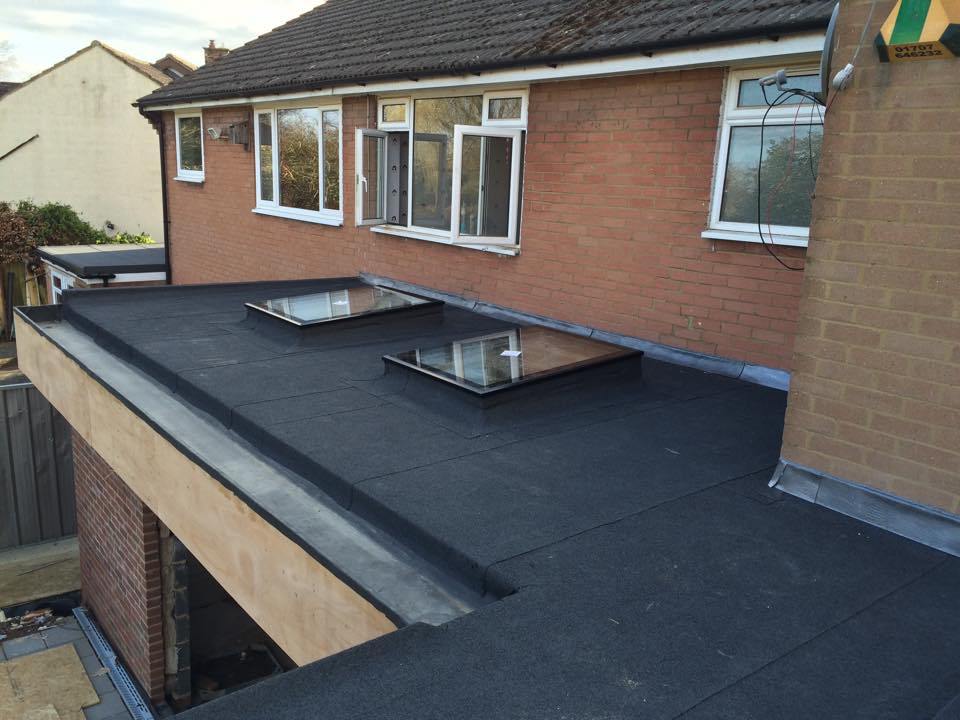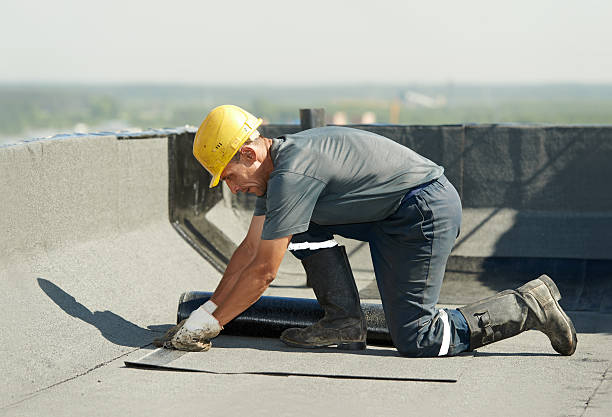Flat roofs are very beneficial to home residential property owners. First, they are easily accessible, easy to maintain and very economical when compared to pitched roofs. Therefore, you need to effectively waterproof your flat roof to enjoy these and many more benefits.
What Happens If You Don’t Waterproof Your Flat Roof?
Failure to do this, you may experience some of the following issues.

- UV rays degradation and alligatoring on your flat roof may lead to cracks or leaks thereby making the roofing structure weak.
- Your flat roof may start pooling or ponding water because of a poor drainage system thereby making the roof membrane weak. It may lead to structural integrity issues for the entire building.
- You are likely going to experience a mosquito or insect infestation since pooling causes stagnant water. Eventually, it may lead to sicknesses and diseases that are detrimental to your health.
What Are The Benefits Of Waterproofing A Flat Roof?
If you choose to waterproof your flat roof, you will enjoy the following benefits.

- Convenience and comfort since it doesn’t take too much time and is a good way to maintain and repair your roof.
- It is very budget-friendly and you will end up saving a lot of money in the long run. It’s a good way to increase the durability of your roof by preventing any form of degradation, especially from UV rays.
- You will improve the energy efficiency of your roof.
Tips For Waterproofing Your Flat Roof
If you are planning to waterproof your flat roof, you need to follow the following tips for the best results.
1. Inspect The Roof – Check it thoroughly to identify any issues present. You will be able to determine whether you need to replace the entire roof or simply waterproof it with a thorough inspection.
2. Consult A Roofing Experts – Hire a roofing professional to make sure the waterproofing process is done right.
3. Get The Right Tools And materials – If you want to make it a DIY project, you can get the right materials and tools to do it yourself depending on the type of roof in place.
4. Apply Sealant – It is a quick fix, especially if you have a smaller roof. Sealants create thick waterproofing layers and durable non-slip surfaces. It should be applied to the affected area to seal damages and cracks.
5. Repair/ Patch Kit – These are mostly used on small areas that need quick fixes. When applying the solution, clean the roof area then add a primer if necessary.
Waterproof Flat Roof
6. Reinforced Bitumen Membranes – Here, a roofing expert will add 2 or 3 layers of the material on top of your roof and then use hot bitumen to bond the materials. Finally, they will add polyester to create a waterproof membrane.
7. Liquid Rubber – Another alternative, especially if RBM is hard to apply. Liquid rubber is easy to work with, especially for DIY waterproofing. It is not a quick fix and will effectively waterproof your roof without any hassles.
Try these tips today for the best results when it comes to waterproofing your commercial and residential roofs.
